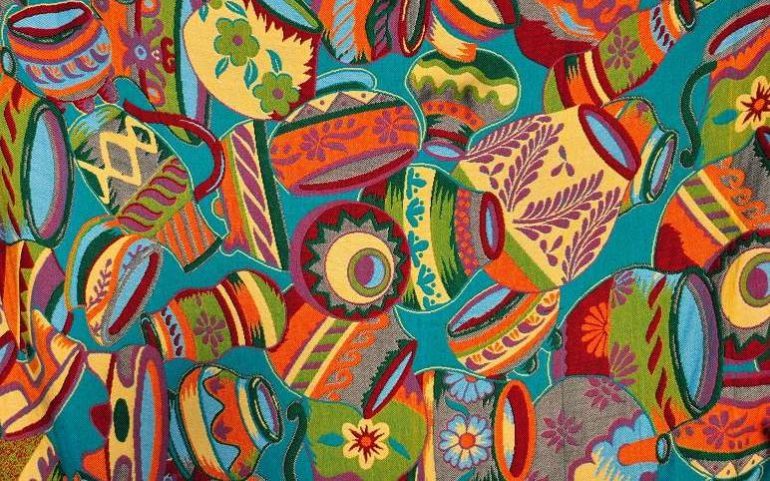Antique Mexican arts and crafts celebrate the history of indigenous Mexicans. Their native dresses and costumes depict Mayan lineage as well as the ancestral influence of the manifold indigenous groups. A few costumes mirror the European influence, apart from exemplifying the vivid regional folkloric traditions of Mexico.
Early Mexican Textiles
Traditional Mexican textile designs show the mystical style of the Mayas. Those who lived in Mexico’s Chiapas were influenced by both the Pre-Columbians and the Europeans, though Aztec influences are also apparent in some styles.
The Zapotecs were involved in weaving in the Oaxaca valleys as early as 500 BC. Mexican textiles typically involved the back strap loom to weave lengthy cloth pieces. Treadle looms of Spain were used for weaving larger items like ponchos and blankets. By the end of the colonial era, skirts were introduced by foot loom weaving and women got to learn embroidery in the seventeenth century.
Textiles That Convey Tales
The stunning hand-woven rugs, serapes, shawls, costumes, bags and even wall-hangings pertinent to Mexican antiquities convey their interesting origin from the Mayan mountain villages in Chiapas. Weaving was done by women and each village symbolized unique patterns to fortify their shared belief system.
Sacred designs are illustrated on ceremonial garments, as the people believed that the world itself was sustained by the designs. Women wove symbolic patterns, encapsulating their vision of the entire universe and the people indwelling it. Weaving was a medium to express their sacred beliefs and serves as the cultural identity of the Mayas.
Costumes Made of Mexican Antique Textiles
The serape is sewn from two similar blankets to form a knee-high garment with a slit in the middle. It is worn through the slit and hangs from the shoulders. Saltillo is the production center from where it gets its name. Serapes became popular in the sixteenth century after the colonists instituted the wool industry.
Towards the nineteenth century serapes started exhibiting the wealth status of people, as embroidered garments and velvet-trimmed garments made their debut. Serape-weaving required up to two years and it was a costly garment.
The quechquemitl is similar to a shawl and its construction and usage varies from region to region. It was generally used as an upper garment by indigenous groups like Huastecs, Mazahuas and Otomis. Robozo is an early Mexican shawl that has an intricately knotted fringe.
Consisting of a generous drape and sheen, it exudes the weaving finesse of early Mexicans. Ahuipil is a magnificent tunic from the Mayas highland region and it can take months together to weave a single tunic. Huipiles is yet another traditional cotton garment.
Natural dyes characterize these antique textiles. They include dyes created from the cochineal insect, and other plant-based dyes. The unparalleled workmanship of hand-woven Mexican antique textiles has preserved their value despite the mechanization of weaving techniques worldwide.





